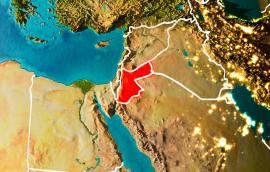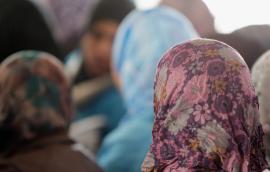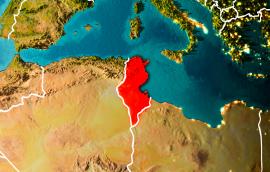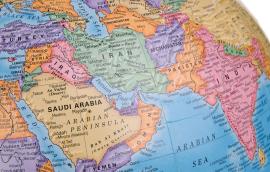Public Opinion on the Religious Authority of the Moroccan King
To what extent do Moroccans view state leadership in religion favorably, or see head of state King Mohammed VI as a source of religious authority? The author examines these questions in this issue brief, produced as part of a two-year Center for the Middle East study on religious authority in the Middle East.
Annelle Sheline May 14, 2019







